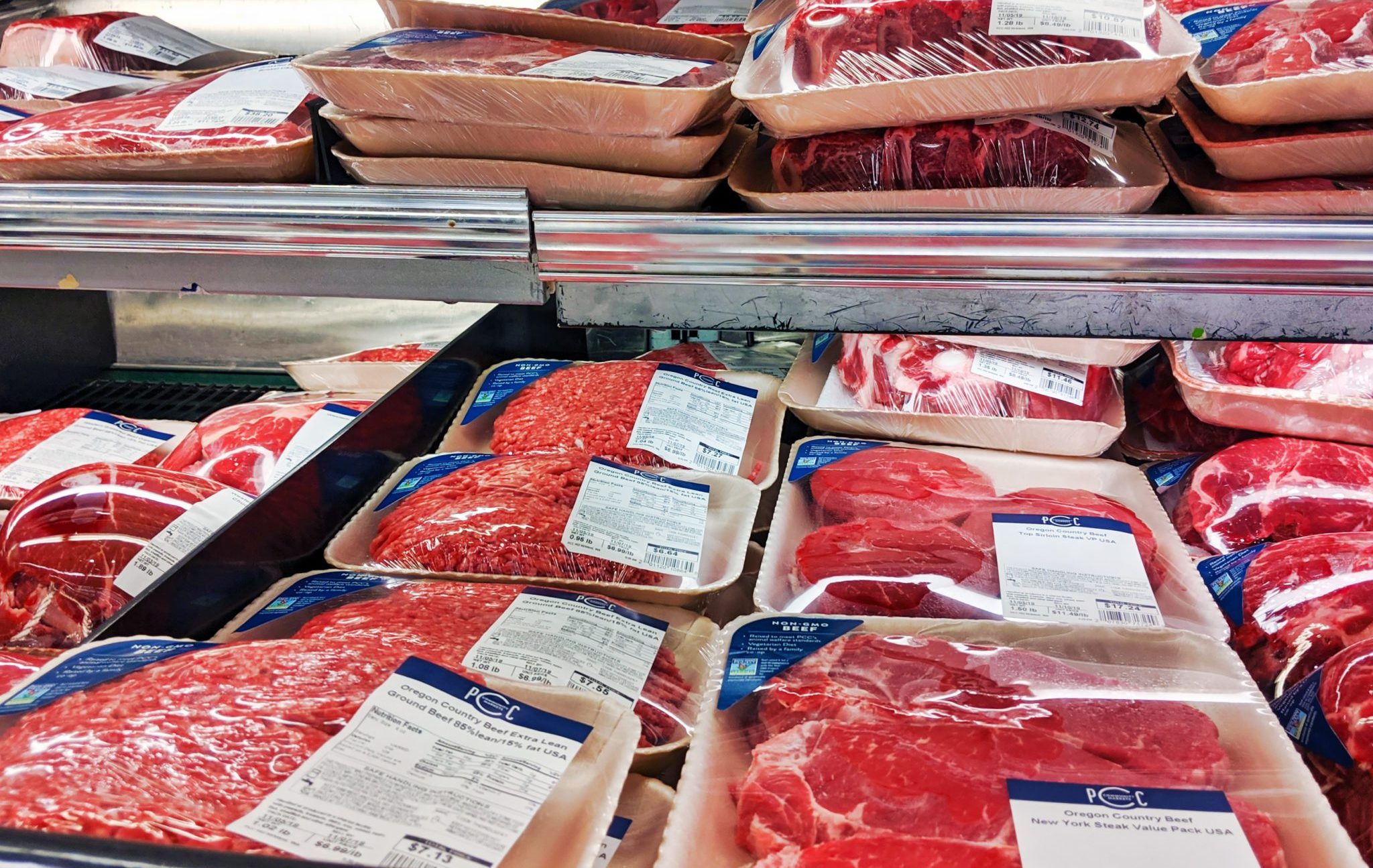Hungry Holidays

Driving home for Christmas is going to be expensive this year. With gas prices nearly 50 percent higher in October than a year ago, a road trip hardly costs less than flying. The national average price for a gallon of gas is $3.41, and while Oklahoma is currently below the $3.00 mark (amazingly, though only by one penny), Californians are looking at prices just shy of $5 per gallon.
Contrasting the record lows of pandemic-ridden 2020, the price surge this autumn feels especially rude.
It’s not just gas, of course. Inflation hit a 31-year high in October: the Labor Department reported consumer prices were up 6.2 percent compared to the same month in 2019. Meat prices are leading shoppers to choose ground beef over more expensive cuts, and the notorious supply chain crisis has meant that even if you can afford most things, many are simply less available. Always ahead of the curve, the New York Times is promoting a vegetarian Thanksgiving menu this year, consisting of just side dishes, hold the turkey—whether because meat prices are surging or because traditions must be gate-checked when you open the pages of the Times, it is caustically fitting for those Americans who can’t get their hands on a bird for Thursday.
Middle America has felt the inflation worse than anyone else, according to the Journal. While California may pay more by sheer dollar amount, states like Kentucky, Iowa, Kansas, Minnesota, and Nebraska—the Midwest and the South—have seen the highest price increases in the nation, more than seven percent higher than the previous year. For states like my home state of Tennessee, which also saw a price increase of more than seven percent this fall, skipping turkey is just the tip of the iceberg.
What’s happening to real people, the faces behind the numbers? Last month, a CNN interview of a family suffering the effects of this inflation went viral—not because it was a tragedy that the parents of nine children were struggling to afford milk, but because they had the audacity to buy 12 gallons of it each week. To the drinkers of soy, almond, oat, and coconut, it’s hard to believe that anyone—even a family of 11—could consume that much cow in seven days. So much so that it isn’t just odd, or different, it is downright wrong. If you’re actually drinking that much milk, lefty Twitter mocked, it’s good you can no longer afford to. But for the Midwest moms, the Southern teenaged boys in pursuit of gains, and the parents of big families struggling to make ends meet, milk is not just something you might put in your espresso. Milk is an inexpensive filler food— prior to the $4 per gallon days, that is—and a far healthier choice than the soda that otherwise dominates in these demographics.
Ironically, the class that mocks the 12 gallon family and other hillbillies and hicks for their health choices is the same class whose policies are making the problem worse. You’ve likely heard of Mountain Dew Mouth, a condition of rotting teeth that afflicts rural Appalachian communities, where many drink more Dew than water. The Midwest and the South also boast the highest rates of heart disease in the nation. But the reality is that poverty, not mere “know nothingness,” is the root of countless of these bad habits. Soda is cheaper than water, cheaper than just about anything. Fast food is chock full of seed oils, soy, and chemicals, but costs a fraction of the price of real food. As the prices of even cheaper foods like milk and eggs continue to soar, how many more kids will inherit rotting teeth and heart attacks because their parents couldn’t afford something better?
No one is reaching starvation on milk prices alone, but certainly those who shop in a small margin will be holding out for lower prices, and likely choosing worse alternatives in the meantime.
Companies like Tyson’s Meat are already reducing meat production—and raising prices—due to labor shortages caused, in part, by pandemic sponsored handouts. Competing with unemployment aid, countless entry-level industries now offer an impossible $15 starting wage, along with lavish signing bonuses, including college tuition assistance programs. Yet while Tyson’s and others feel the hurt in their profits, employees are still few and far between, in part because $15 means less today than it did last year. In fact, real wages are down 2.2 percent nationwide since January. Reducing the meat supply that reaches the market only further fuels the conflagration.
My mother likes to make a joke about using your new dollars first because they’re worth less. Of course, the U.S. dollar really follows the rules of group justice: we all suffer for the sins, or the inflation, of one. And as we’re learning quickly, some feel the hurt more than others.
The Biden administration’s Treasury Secretary Janet Yellen says the solution is more federal spending. Biden’s $1.8 trillion social spending bill, which passed in the House on Friday, will boost the social safety net and make it easier for people to return to work, lowering inflation by increasing labor participation, Yellen argues. However she’s figured increased unemployment benefits will encourage people to get off unemployment, it doesn’t matter. The damage is done. Hundreds of thousands of men, women, and families in the heartland are already feeling the effects of the past year’s inflationary policies, and the long-term ramifications for the health of our nation, both fiscally and physically, are not going to be positive.
It’s a grim way to kick off a season of feasting.
Comments